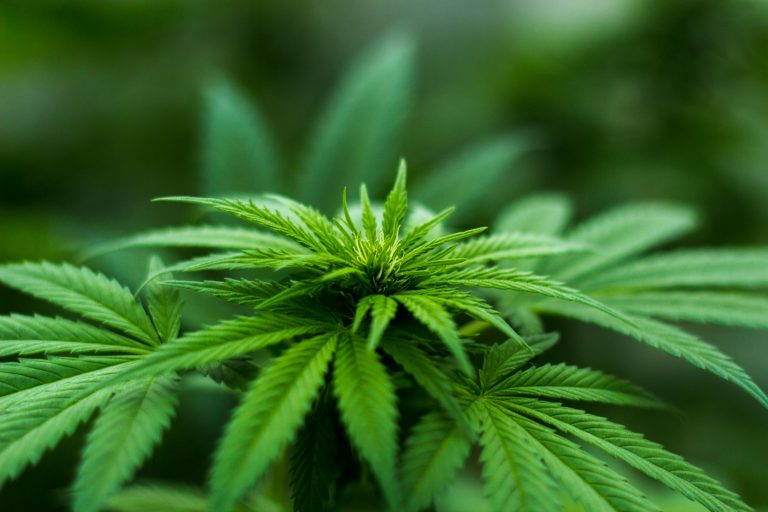
Terpenes in Tropical Climates: Understanding Marijuana Aroma Diversity in the Caribbean
22 May, 2024Cannabis (Cannabis sativa L.) has been utilized globally for centuries, serving purposes ranging from medicinal to recreational. Known by various names such as “hemp” and “recreational cannabis,” this plant has a rich history and a diverse set of uses. Despite its longstanding presence in human culture, cannabis continues to carry a stigma, largely due to its psychoactive properties.
The Caribbean, with its warm, tropical climate, provides a unique environment for the cultivation of cannabis, potentially affecting its chemical composition and aroma profile.
Terpenes: Aromatic Diversity in Cannabis
Terpenes are fragrant oils secreted in the flower’s sticky resin glands, producing THC, CBD, and other cannabinoids. These compounds are primarily responsible for the distinctive aromas associated with different cannabis strains. Terpenes not only contribute to the sensory experience of cannabis consumption but also significantly influence its market value.
The unique aromatic profiles they create are crucial to the overall cannabis experience. In tropical climates like the Caribbean, the environmental conditions may further influence the production and diversity of terpenes, potentially leading to unique aromatic profiles in the cannabis grown in these regions.
Myrcene: The Dominant Terpene
Among the many terpenes present in cannabis, myrcene is the most common. It can make up to 65% of the total terpene profile in some strains. Myrcene is known for its earthy and musky aroma, often accompanied by hints of fruity or citrusy flavors. This dominant terpene plays a significant role in defining the sensory characteristics of many cannabis strains.
In the Caribbean, where the climate is conducive to the growth of various cannabis strains, the prevalence and concentration of myrcene might vary, potentially leading to regional differences in aroma and flavor profiles.
Biosynthesis and Diversity of Terpene Profiles
Terpenes in cannabis are biosynthesized through a complex process involving various enzymatic reactions. Different chemovars, or cannabis strains, exhibit unique terpene profiles, contributing to the plant’s aromatic diversity.
The adaptability of these terpene profiles across diverse ecosystems highlights the plant’s resilience and capacity to thrive in various environmental conditions. In tropical climates, factors such as temperature, humidity, and soil composition might influence the biosynthesis of terpenes, leading to distinctive aromatic profiles in cannabis grown in these regions. More research is needed to fully understand the biosynthetic pathways and factors influencing terpene production in cannabis, particularly in diverse climates like the Caribbean.
Synergistic Effects: Terpenes and Cannabinoids
The interaction between terpenes and cannabinoids is believed to create a synergistic or entourage effect, enhancing the therapeutic benefits of cannabis.
Terpenes might contribute to modulating cannabinoid activity, potentially enhancing their effects on the human body. However, more research is needed to determine the extent and nature of these interactions.
Potential Health Benefits of Terpenes
In addition to their aromatic contributions, terpenes may offer various health benefits. For example, myrcene is believed to have anti-inflammatory, analgesic, and sedative properties. Other terpenes, such as limonene and pinene, might possess anti-anxiety, antibacterial, and memory-enhancing effects.
The unique terpene profiles of cannabis grown in the Caribbean might result in strains with distinct therapeutic properties. More research is needed to explore these potential health benefits and to understand how the tropical climate influences the medicinal properties of terpenes in cannabis.
Cultivation Practices in the Caribbean
The cultivation practices in the Caribbean may also impact the terpene profiles of cannabis. Combined with the unique climate and soil conditions, traditional growing methods might result in cannabis strains with distinct properties.
Organic farming practices, which are common in the Caribbean, may further influence the terpene profiles by promoting the natural expression of these compounds.
In conclusion, understanding the role of terpenes in cannabis is essential for appreciating the plant’s aromatic diversity and potential therapeutic benefits.
Follow Sounds and Colours: Facebook / Twitter / Instagram / Mixcloud / Soundcloud / Bandcamp
Subscribe to the Sounds and Colours Newsletter for regular updates, news and competitions bringing the best of Latin American culture direct to your Inbox.

